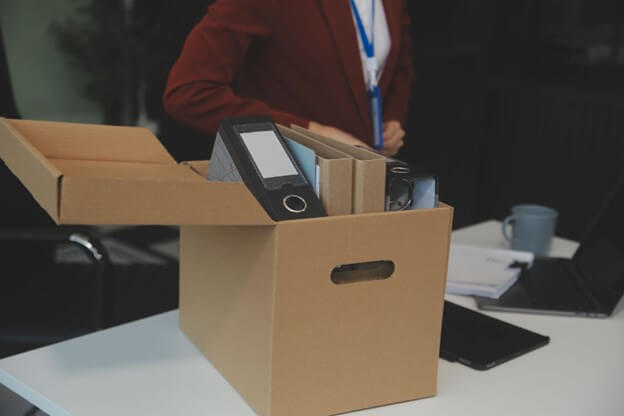In a 10-minute address on Sunday evening, Prime Minister Boris Johnson laid out a provisional plan for easing lockdown.
The speech was full of conditions and warnings dependent on progress continuing to be made on the Government’s five tests.
If you read the newspapers at the beginning of last week, you could be forgiven for expecting a major shift in the Government’s approach. However, the Prime Minister’s colleagues attempted to reduce those expectations. It was made clear that he wouldn’t be making any dramatic announcements when he spoke to the nation.
Easing lockdown
The five tests
As a reminder, the five tests that need to be satisfied before lockdown can be lifted are as follows:
- making sure the NHS can cope
- a 'sustained and consistent' fall in the daily death rate
- rate of infection decreasing to 'manageable levels'
- ensuring supply of tests and PPE can meet future demand
- being confident any adjustments would not risk a second peak that would overwhelm the NHS.
The plan
Again stressing how conditional the planned changes are, Mr Johnson referred to what he was proposing as the first sketch of a road map. 'Although we have a plan, it is a conditional plan,' the Prime Minister made clear. 'We cannot move forward unless we satisfy the five tests'.
To help with this, the Government is introducing a new COVID alert system. This is based on the 'R level' of infection and similar to that used to warn of the terrorist threat. It will run from 1 (low) to 5 and, Mr Johnson explained, it is currently at 4. If everyone sticks to rules such as social distancing, we can begin to move to 3, he said. However, much more testing is needed and the Prime Minister repeated several times that there can be no sudden move out of lockdown.
Three phases
What Mr Johnson has offered is the outline of a three-stage plan. There is a proviso that any of these phases could be delayed or disrupted by a fresh outbreak of the coronavirus.
- The first stage, from 11 May 2020, is to encourage those who cannot work from home to return to the workplace. But working from home remains the default option. However, people going back to work should avoid public transport if at all possible. Use the car, he advised, or, even better, go by bike or on foot. As part of this stage, from Wednesday, the rules on outside exercise will be relaxed. But social distancing is still in place and so is a ban on meeting those from outside the home (with the threat of larger fines for non-compliance).
- By June 'at the earliest', the Prime Minister sees the possibility of a 'phased reopening' of shops and of some schools. Those in Reception, Year 1 and Year 6 will go back first. Mr Johnson said he hoped that those with exams coming up would get the chance to get together with their teachers for at least a short time before the summer break.
- The third phase begins from July at the earliest. During this phase some hospitality venues and 'other public places' will reopen. This is provided they are safe and enforce social distancing.
All this depends on the daily figures heading in the right direction and people continuing to follow the rules.
Mr Johnson has promised more details going forward. And others, including Business Secretary Alok Sharma, have said that specific plans will be available in the near future.
Expert support
If you have questions following the lockdown announcement, speak to an HR expert on 01455 858 132.
Related resources
Categories
- Business Advice
- Contracts & Documentation
- Culture & Performance
- Disciplinary & Grievances
- Dismissals & Conduct
- Employee Conduct
- Employment Law
- Employment Rights Bill
- End of Contract
- Equality & Discrimination
- Health & Safety
- Hiring & Managing
- Leave & Absence
- Managing Health & Safety
- Moving
- Occupational Health
- Pay & Benefits
- Recruitment
- Risk & Welfare





